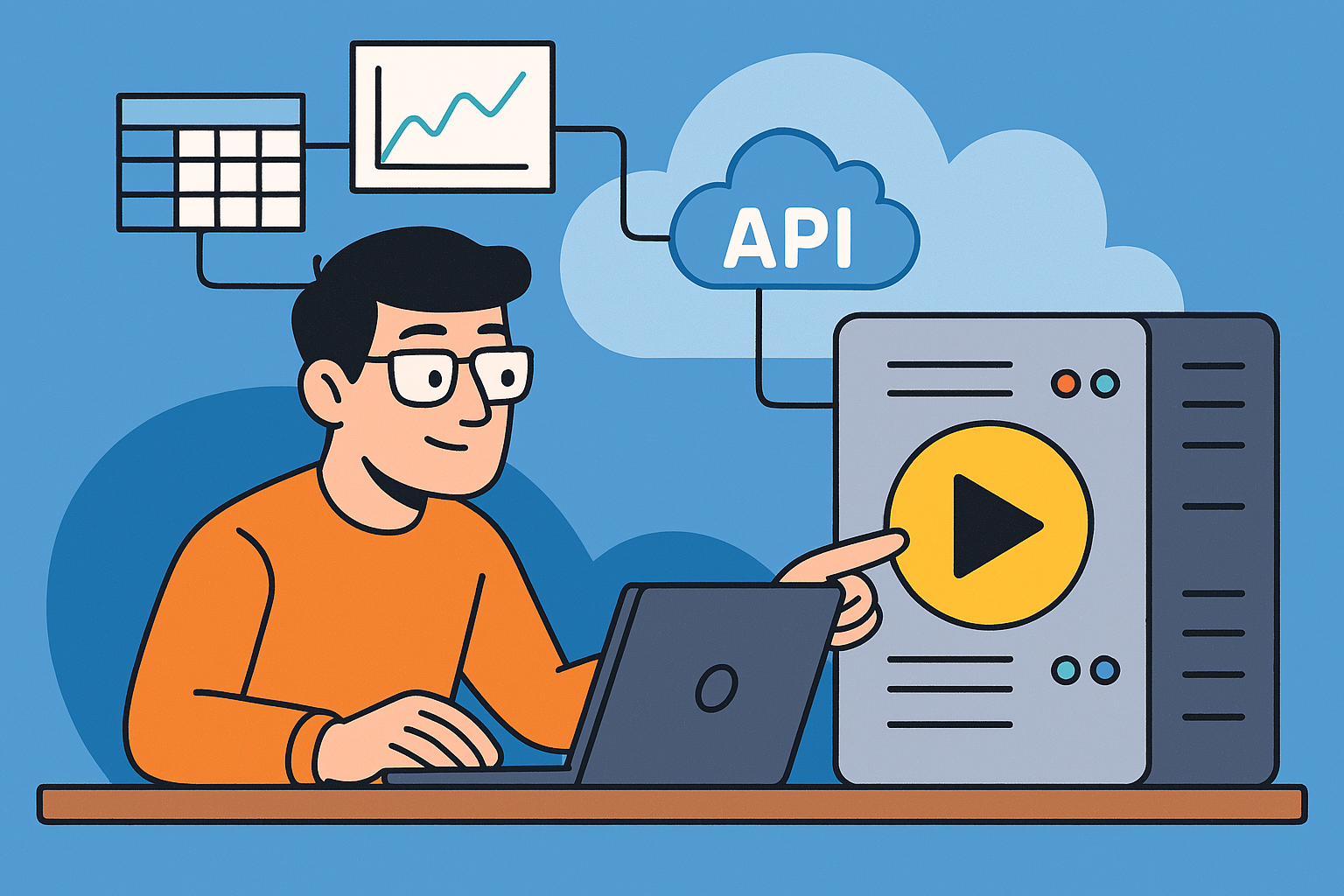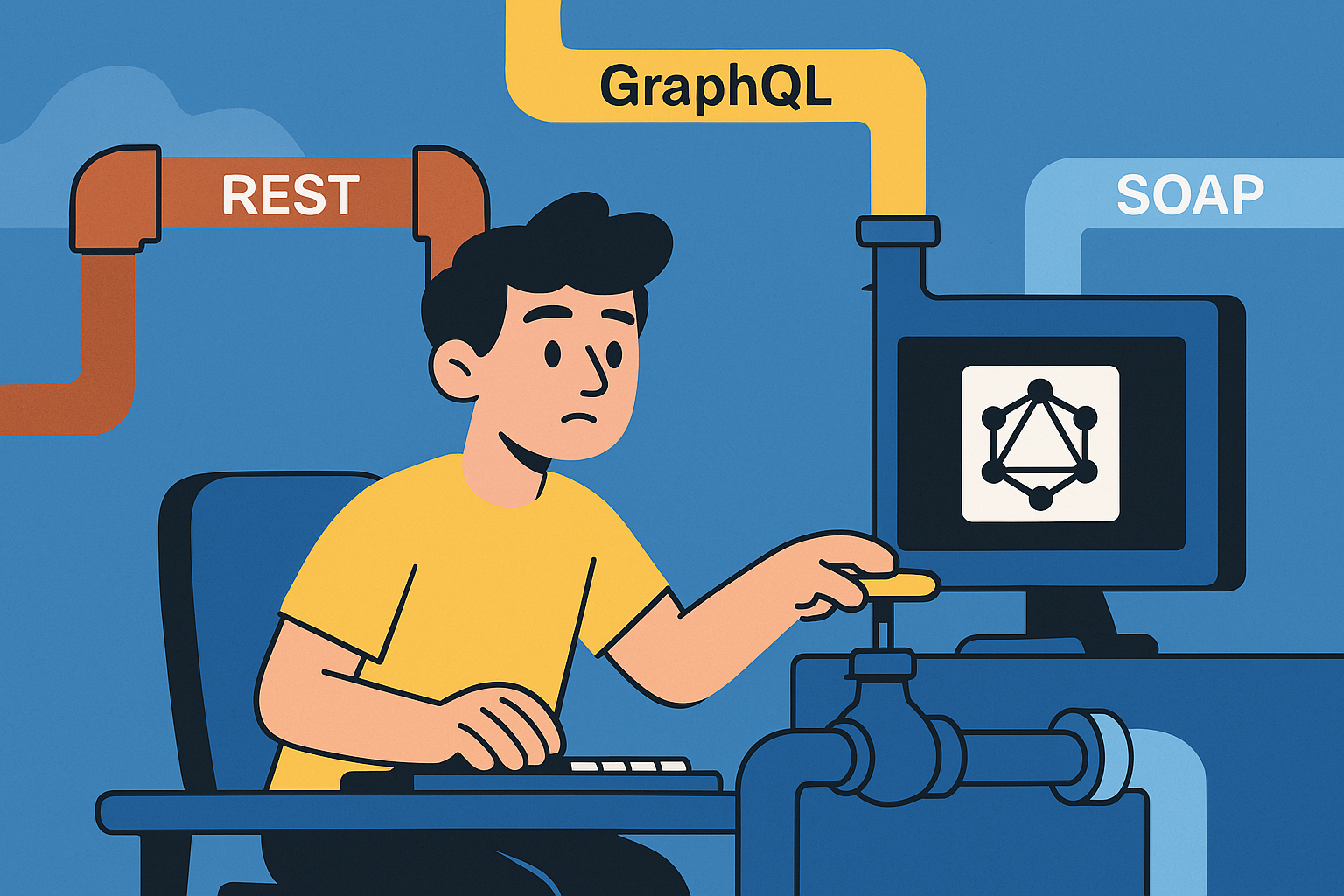Let’s be honest: frontend development should be fun. You’re building the part of the app everyone sees and uses. It’s where design meets logic, where UX becomes real. But too often, it becomes a slog.
You start with a vision—and then run straight into inconsistent APIs, redundant components, spaghetti state management, and endless tweaks that make you question your life choices.
I’ve been there. That’s why I want to talk about five of the most annoying frontend bottlenecks I’ve faced—and how Bellini helps me (finally) cut through the noise and build faster, cleaner, better.
1. Inconsistent APIs That Break Your Flow
You know the drill. One endpoint returns a nested mess, another gives you camelCase in one place and snake_case in another. And of course, there’s that one backend team that forgot to update the docs (again).
The Bottleneck: You waste time cleaning, transforming, and guessing how to wire things together—when all you want is consistent data.
How Bellini Helps:
Bellini is API-first. Every component you drop into your app can be bound directly to APIs with zero guesswork. Even better, when paired with Martini or Negroni, you’re working with standardized, predictable, and well-documented APIs across the board. That means no surprises when you're binding data to a form or building that dynamic dashboard. Just clean APIs that do what they say.
2. Rebuilding the Same Components Over and Over
Ever spent an entire afternoon rebuilding a form you definitely built three times before? Or copy-pasting a card component across five different views?
The Bottleneck: Reusability in frontend frameworks often feels like a DIY project. You can make things modular—but it’s up to you to enforce consistency.
How Bellini Helps:
Bellini lets you create reusable components visually, bind them to APIs once, and drop them anywhere. You can define props, logic, and layout visually or with code, then reuse across views without reinventing the wheel. Think React-like reusability—without the boilerplate.
3. State Management That Gets Out of Hand
It starts simple. A few toggles. A login token. Some filters. Then boom—your component tree is drowning in props, context, and localStorage hacks.
The Bottleneck: Managing app-wide state across views, components, and user interactions quickly becomes unscalable and hard to debug.
How Bellini Helps:
Bellini comes with built-in state management that actually understands how your app works. You can declare global and local states visually or via code, and bind them across components without setting up external libraries. Want more control? Add your own JS functions and handle complex logic with ease. No more Redux nightmares or context spaghetti.
4. Styling That’s Never Quite “Done”
Maybe it’s a button that looks great on desktop but explodes on mobile. Or a layout that breaks the second you inject dynamic data. CSS is powerful—but also painfully fragile.
The Bottleneck: Achieving consistent, responsive styling across browsers and devices takes too much trial and error.
How Bellini Helps:
With Bellini, you get full CSS control plus visual layout tools that understand responsive design. Need to customize styles? Use your own CSS or bring in a design system. Want pixel-perfect results fast? Drag, drop, tweak. Bellini handles grid layouts, spacing, responsiveness, and theming out of the box—without locking you in.
5. Connecting Frontend to Backend Without Losing Momentum
The moment you’re ready to wire up your UI is often when momentum dies. Authentication flows, error handling, request orchestration—it’s all doable, but it’s a time suck.
The Bottleneck: Building the “plumbing” between frontend and backend eats up valuable dev time and mental energy.
How Bellini Helps:
Bellini was built to accelerate full-stack development, not just the UI. With direct API binding, built-in data validation, and seamless integration with Martini workflows, you can go from button click to business logic in minutes—not hours. It’s like having your frontend and backend finally speaking the same language.
Final Thoughts: Low Code, No Limits Is Real
Look, I was skeptical of low-code tools too. Most of them trade flexibility for simplicity—and I don’t want to give up control just to move a little faster.
But Bellini isn’t like that.
It’s built for developers like us. Developers who want to move fast and build right. Who care about clean code, smooth UX, and apps that don’t fall apart under pressure.
So if you’re tired of wrestling with the same frontend problems over and over, maybe it’s time to try something different.
Bellini lets you build the frontend you want—without the usual bottlenecks.
No hacks. No handoffs. Just you, your APIs, and a faster way forward.
🚀 Try Bellini Free:
Create 25 apps. Publish 5. Web apps only. 5 authenticated users. Community support.
👉 Get Started
 is now
is now


